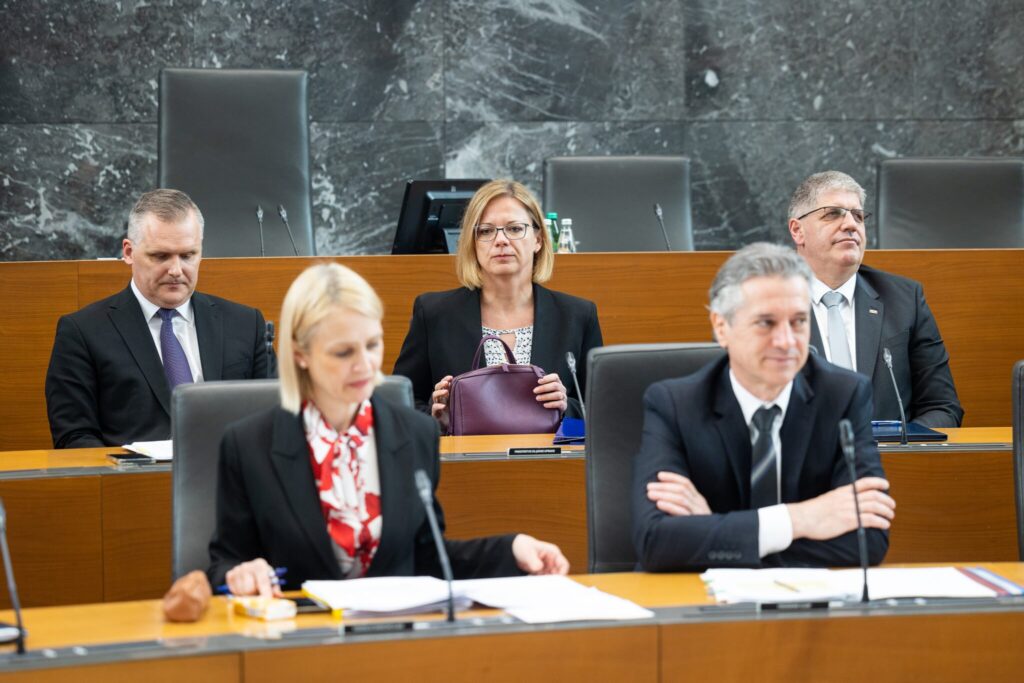The latest edition of the Global Peace Index (GPI), which ranks 163 independent countries and territories according to their level of peacefulness, finds in a new report that Iceland remains the most peaceful country in the world since 2008, while Afghanistan is the least peaceful. Slovenia is ranked 8th, down four places from a year earlier. The GPI is the world’s leading measure of global peacefulness.
Iceland remains the most peaceful country in the world, a position held since the first iteration of the GPI. Afghanistan is the least peaceful country for the fifth year in a row. Slovenia dropped four points on the peacefulness scale and also fell in the militarisation domain, where it was ranked second last year, but has now dropped to fifth. Compared to the previous report, Slovenia’s crime rate has also risen in the latest report. In addition to Iceland, the other most peaceful countries are Denmark, Ireland, New Zealand and Austria, while Afghanistan is followed by Yemen, Syria, South Sudan and the Democratic Republic of Congo for the eighth year in a row.
This report is the most comprehensive analysis of peace and economic trends to date. The GPI covers 163 countries, 99.7 percent of the world’s population. The analysis uses 23 qualitative and quantitative indicators from highly reliable sources and measures the state of peace in terms of social security and safety, the extent of ongoing domestic and international conflict, and the degree of militarisation.
In the first two key domains, social security and safety and the extent of ongoing domestic and international conflict, Slovenia did not rank in the top five, and in the third indicator, it fell from second place to fifth place in the last year, despite the fact that the GPI singled out the militarisation domain as the only one that has improved to date. Compared to the findings of the previous report in 2008, the crime rate in Slovenia has also increased.
Conflicts around the world claimed more than 238,000 lives last year, the most since the 1994 Rwandan genocide, according to the GPI report published recently by the Institute for Economics and Peace (IEP) in London. From 2008 to 2023, UN funding for security operations improved while violent demonstrations increased. The safety and security sector deteriorated by 5.4 percent between 2008 and 2023. Of the 11 indicators in this area, nine deteriorated, and two improved. The largest deterioration occurred in the Violent Demonstrations indicator in 120 countries where the impact of violent demonstrations has increased since 2008.
The war in Ukraine has had the greatest impact on world peace
The war in Ukraine has had a major impact on global peacefulness, with Ukraine and Russia having the largest and fifth largest deterioration in peacefulness, respectively, and Haiti, Mali and Israel being the other countries with the largest deterioration. Among the indicators taken into account by the Global Peace Index are deaths in conflict, homicide rates, militarisation rates, arms exports, terrorism, political instability and prison populations. According to the index, the world is less peaceful for the ninth year in a row. The conflict in Ethiopia’s Tigray region, where more than 100,000 people were killed last year, was the deadliest. At least twice that number died of disease and starvation as a result of fighting between Ethiopian and Eritrean government forces and Tigray People’s Liberation Front (TPLF) rebels.
The second-highest death toll in 2022 was caused by the Russian invasion of Ukraine, which killed at least 82,000 people. IEP experts also estimate that 65 percent of Ukrainian men aged 20-24 fled or were killed in the war. More than 30 percent of the Ukrainian population are refugees or internally displaced. The report also includes an estimate of the economic costs of the armed conflict. Last year, these costs amounted to 17.5 billion dollars or 13 percent of the world’s gross product. Five countries – the USA, Russia, Germany, France and China – export three-quarters of the world’s arms, the report adds.
Europe is less safe than 15 years ago
The average peacekeeping capacity of countries in 2023 has worsened globally by 0.42 percent, for the ninth year in a row. The average level of peacefulness has improved only twice year-on-year since 2008. There has been a slight deterioration in safety and security, but the biggest deterioration is in the political domain, the instability indicator shows. Namely, 59 countries recorded a deterioration in political instability in 2022. Europe remains the most peaceful region in the world but has fallen in the rankings of all three GPI domains over the past year. Europe is less peaceful now than it was 15 years ago, the GPI report adds.
Tanja Brkić


